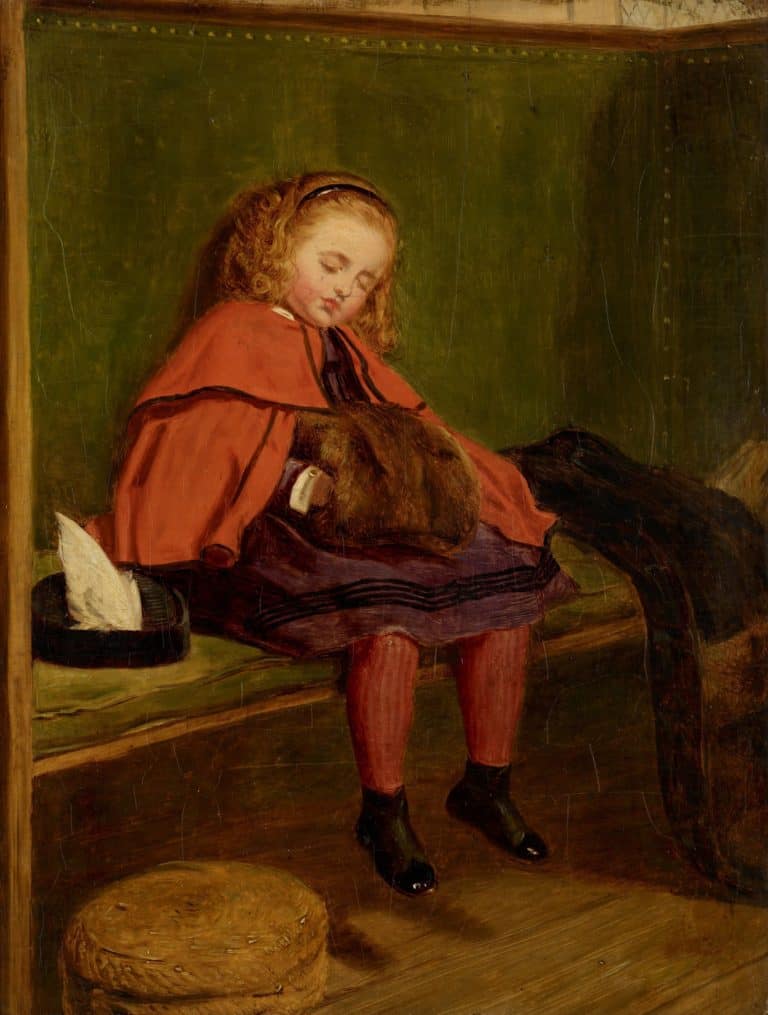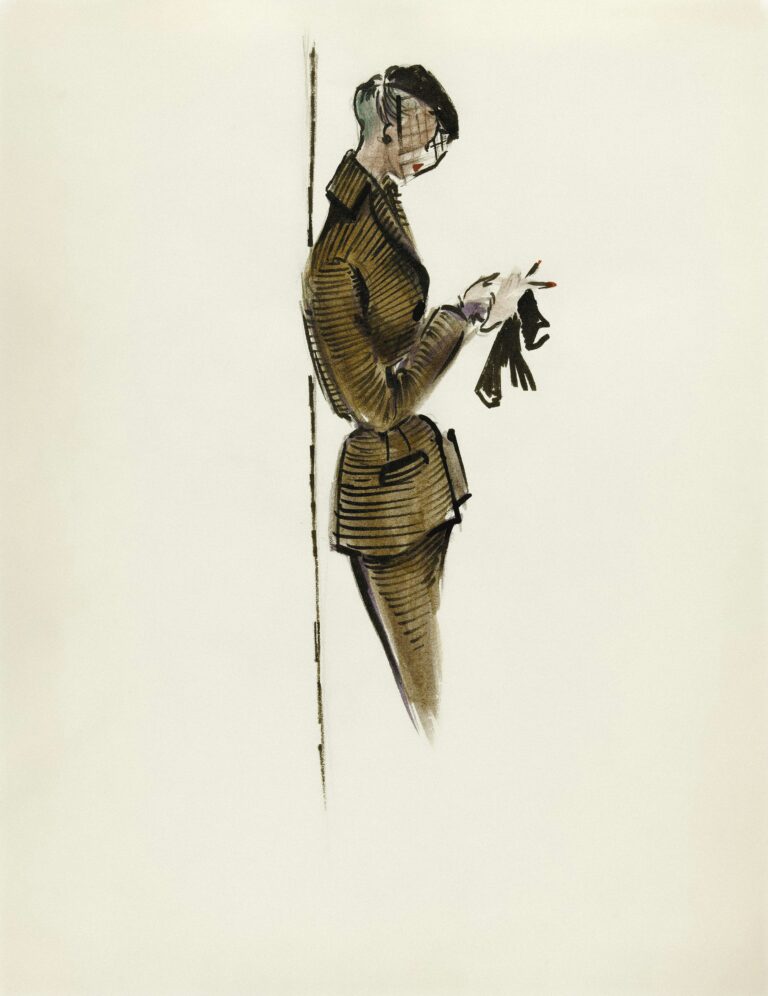OCD Killer Thoughts: Understanding the Fear of Harming Others

Few things are more terrifying than having a violent thought pop into your mind—especially when it involves someone you love. For people with Obsessive-Compulsive Disorder (OCD), these “killer thoughts” aren’t fantasies, desires, or warning signs. They’re intrusive, unwanted, and deeply distressing.
If you’ve ever thought, “What if I snap and hurt someone?” or “Why did I imagine stabbing that person?”—and it left you spiraling in fear—you’re not alone. These experiences are often part of a lesser-known subtype called Harm OCD.
Let’s unpack what these thoughts really are, why they happen, and why having them doesn’t make you dangerous—it makes you human, and more importantly, someone living with a treatable condition.
What Are “Killer Thoughts” in OCD?
In the context of OCD, “killer thoughts” refer to violent intrusive thoughts about harming others. These thoughts can be graphic, detailed, or sudden. They often involve a knife, a shove, a fall, or a split-second act of violence—accompanied by a rush of fear and the urgent question:
“What does this mean about me?”
The answer? It means your brain has latched onto one of your worst fears—and your OCD is using it against you.
These thoughts are not intentions. In fact, people with Harm OCD are typically deeply compassionate and non-violent, which is exactly why the thoughts feel so disturbing. The more you care, the more these thoughts hurt—and that’s what OCD feeds on.
Common Reactions and Mental Compulsions
After experiencing a killer thought, someone with OCD might:
- Mentally review their past to “make sure” they’ve never hurt anyone
- Try to prove to themselves that they’re not capable of violence
- Avoid sharp objects, driving, or being alone with people
- Ask others for reassurance: “Do you think I could hurt someone?”
- Check their emotional response to see if they felt “too calm” during the thought
These aren’t just reactions—they’re mental compulsions. And while they feel like they offer relief, they only reinforce the fear and keep the cycle alive.
Why These Thoughts Feel So Real
OCD doesn’t play fair. It doesn’t come in gently. When it shows up as killer thoughts, it attacks the very thing you value most: your morality, your safety, your love for others.
The thoughts trigger intense anxiety, and because you feel anxious, you assume there must be danger. But anxiety is a false alarm—not a reflection of reality. Your brain is trying to “solve” something that never needed solving in the first place.
And because OCD demands certainty in an uncertain world, it latches on and says:
“You need to know for sure you’d never do that.”
But no amount of thinking, reassurance, or avoidance ever brings that certainty.
You’re Not Alone—and You’re Not a Threat
Many people live in silence with these thoughts, afraid to tell anyone out of fear they’ll be misunderstood, judged, or even reported. But mental health professionals who specialize in OCD know how common these experiences are.
In fact, studies have shown that the majority of people—OCD or not—have random violent or aggressive thoughts at some point. The difference is, someone without OCD shrugs it off. Someone with OCD obsesses over it.
If you have OCD and experience killer thoughts, you are not your thoughts. You are someone whose brain is stuck in a faulty loop—one that can be rewired.
Treatment and Hope
The most effective treatment for Harm OCD is Exposure and Response Prevention (ERP), a form of cognitive behavioral therapy that helps retrain your brain’s reaction to intrusive thoughts. ERP teaches you to:
- Stop avoiding the thought or situation
- Allow the thought to be there without engaging with it
- Resist the urge to perform mental checks, seek reassurance, or ruminate
With time, your brain learns that the thought isn’t dangerous—and it no longer triggers the same fear.
Some people also find support in Mindfulness-Based CBT, Acceptance and Commitment Therapy (ACT), or medication, depending on the severity of their symptoms.
If you’re struggling, seek out an OCD-informed therapist who understands Harm OCD. You don’t have to carry this alone, and you’re not broken for having these thoughts.
Final Thoughts
OCD killer thoughts can feel like the darkest part of your mind. But they are not a reflection of who you are—they’re a reflection of what you fear most. And fear, in the context of OCD, is rarely rational.
You are not your thoughts.
You are not a danger.
You are not alone.
Healing starts not with erasing the thought—but with letting it be there, and choosing not to engage. That’s how you take your power back.





